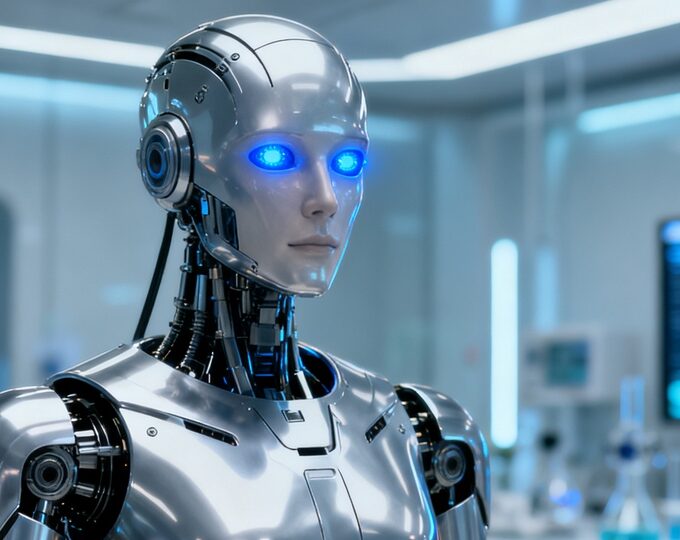Food packaging, discarded children’s toys and other mismanaged plastic waste can become more difficult to remove when they break into microplastics. In a study published in the latest issue of the American Chemical Society‘s ACS-Nano, Czech researchers describe a swarm of microscopic robots that capture plastic debris and bacteria from water. The robots can also be subsequently purified and reused.
The microplastics are 5 millimeters or less in size, and animals can easily ingest them and be harmed. These animals then pass the particles on to the human food chain. At the same time, microplastic fragments attract a variety of bacteria, including pathogens, which in turn pose a greater threat to living organisms.

The Brno University of Technology has developed a micro-robotic system to remove microorganisms and microplastics from water. The system consists of several small parts that work together to mimic groups of organisms found in nature, such as schools of fish.
The team connected positively charged polymers to magnetic particles that move only when exposed to a magnetic field. Polymer strands protruding from the surface of the beads attract microplastics and microorganisms. A single finished robot is 2.8 microns in diameter. When exposed to a rotating magnetic field, the robots clump together. Adjusting the robots that self-organize into flat clusters changes the robot population’s motion and speed.

The team replicated microplastics and bacteria in the environment using Pseudomonas aeruginosa, which can cause pneumonia and other infections. The results showed that the microbots successfully captured about 80 percent of the bacteria, and free plastic beads were also captured by the microbots. The researchers then collected the robots and used ultrasound to isolate the bacteria, which were then exposed to ultraviolet light to complete the sterilization, allowing for reuse.












